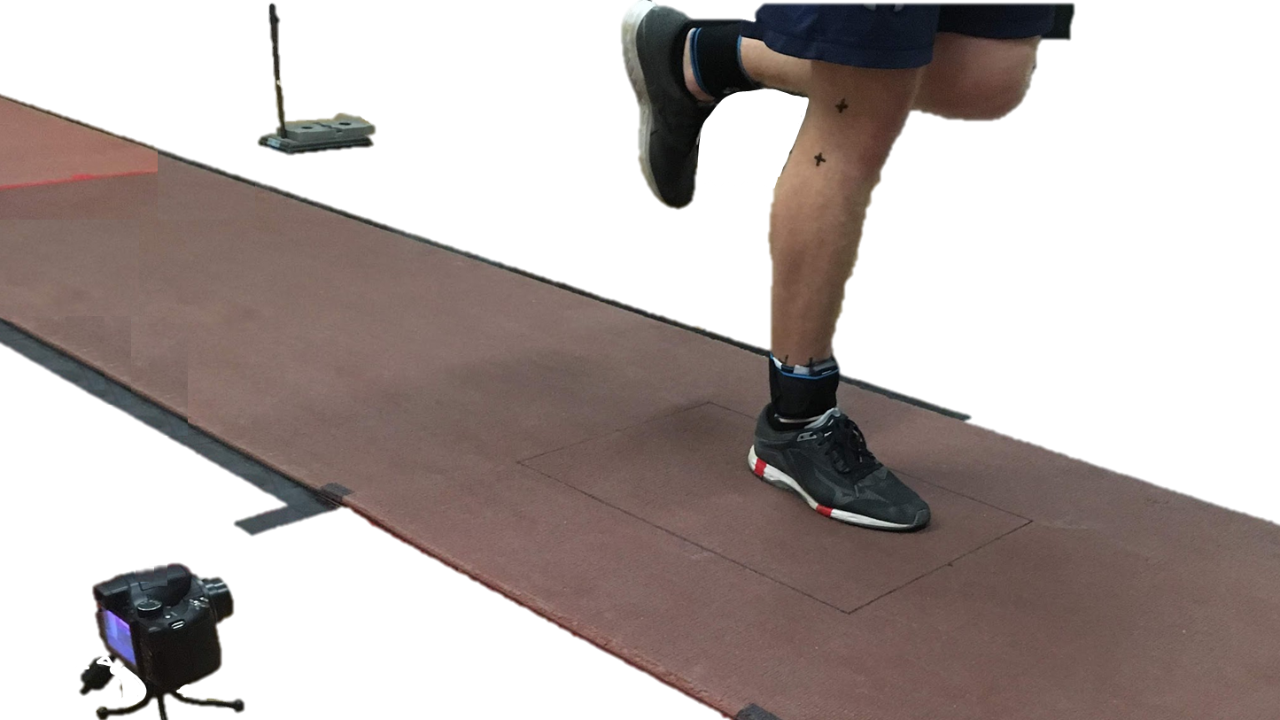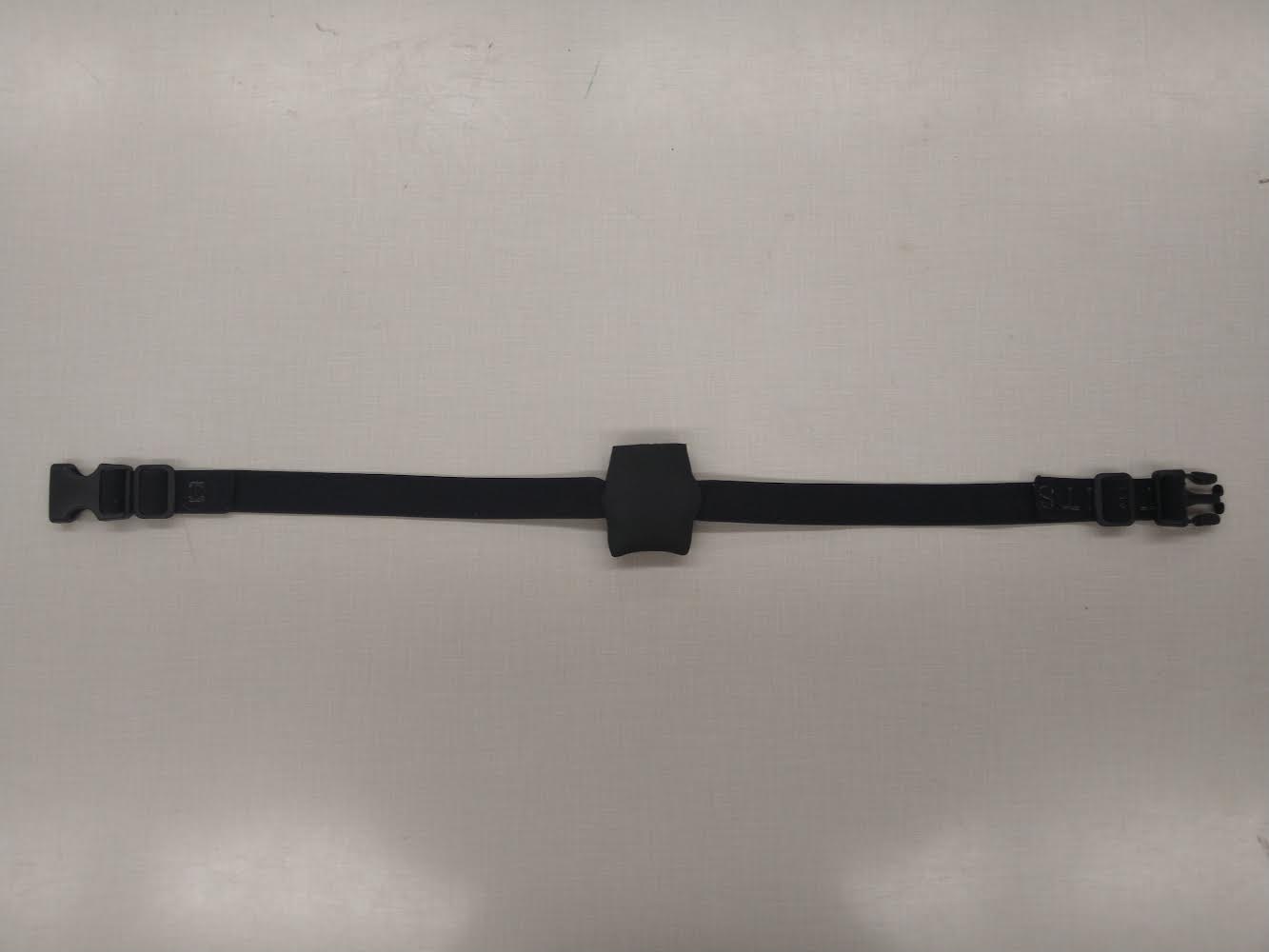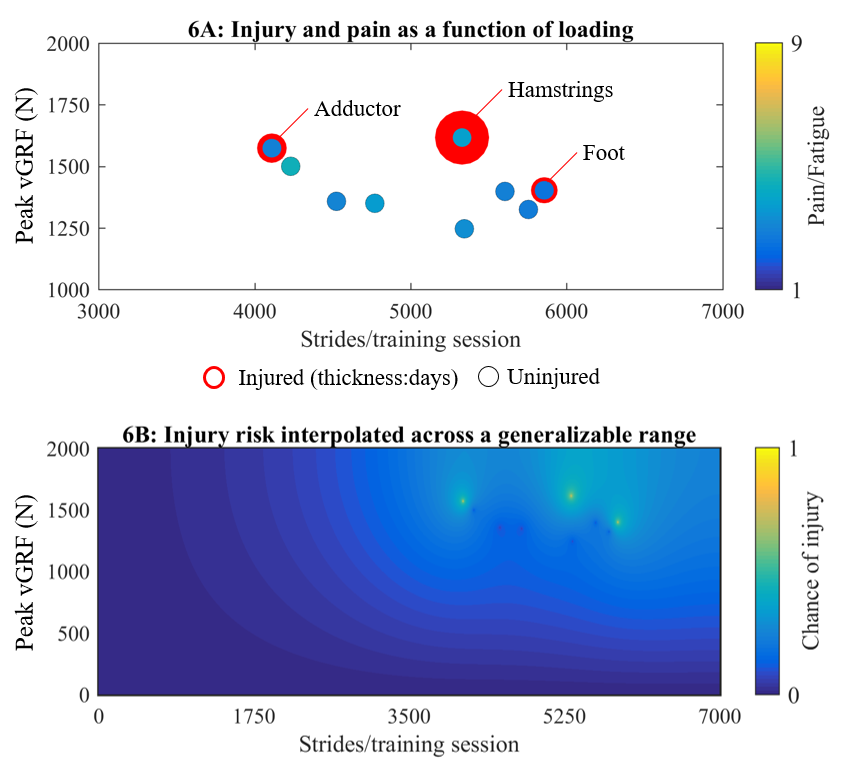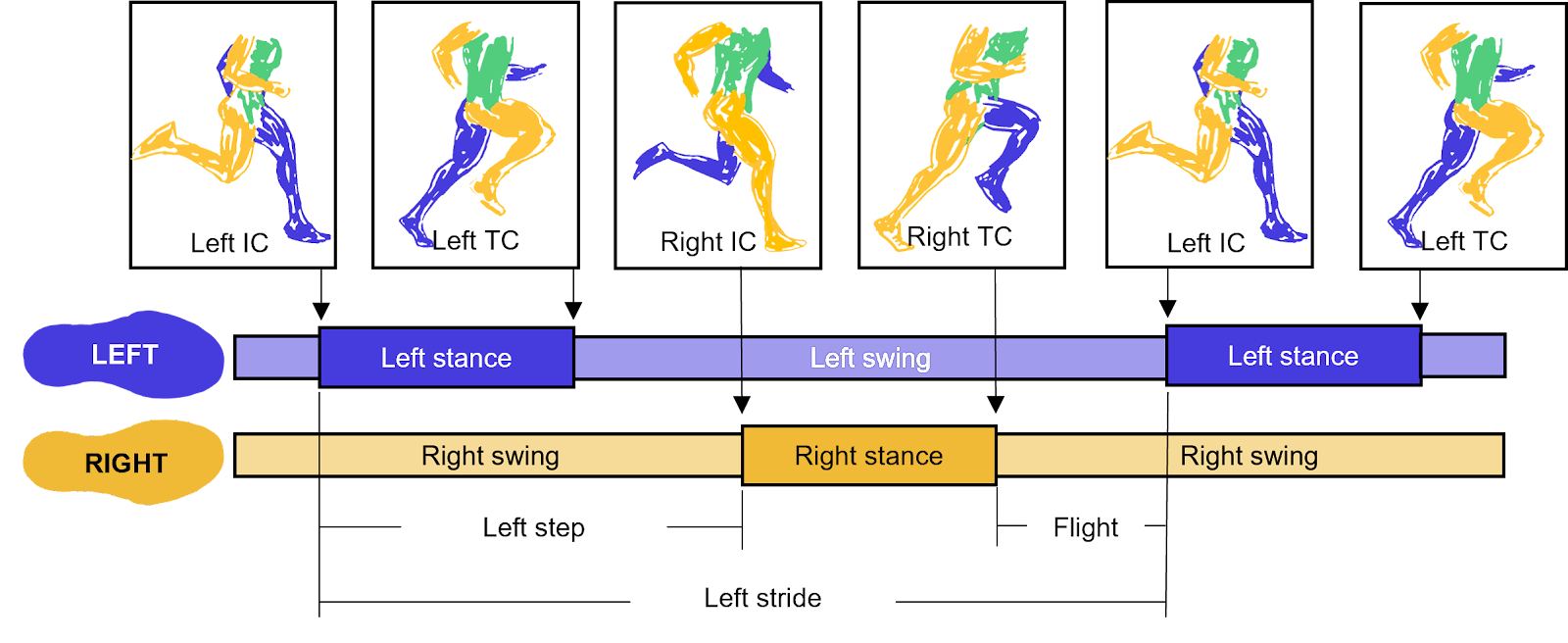
Using Wearable Technology to Predict Injury in Runners
Running is a common form of physical exercise, but it also has a high risk of injury. According to a 2015 study published in Sports Medicine, runners may sustain up to 33 injuries for every 1,000 hours run. The most common are chronic injuries from overuse, like knee pain, shin splints and stress fractures.
The thing is, each time a runner steps onto the ground, the ground pushes back.
"You can imagine it like a shockwave," Dovin Kiernan said. "As the shockwaves are traveling up the body, they're loading the injury-prone structures of the body."
Kiernan, who graduated in 2022 with a Ph.D. from the Biomedical Engineering Graduate Group at the University of California, Davis, and currently works as a postdoctoral scholar in the Department of Orthopedic Surgery at UC Davis Health, is researching ways to predict and reduce overuse injuries by studying runners' vertical ground reaction forces.
The Proof of Concept
For his dissertation, Kiernan documented the running habits of nine UC Davis NCAA track team members over 60 days to study how to predict injuries in runners.
The typical procedure for this kind of study is to create an average of ground reaction forces by measuring a runner's stance, or when the body absorbs a load of force. In a lab, researchers have a person run over a force plate — which works like a scale — 10 times. They then calculate the mean of these measurements to represent all the forces a runner might experience, from a foot-worn path to a concrete sidewalk.
Kiernan's innovation was in using accelerometers — a wearable tool for measuring acceleration that can be placed on the ankle, hip or lower back — which allowed his team to record each stance a runner made as they moved in real-time outside.


"Instead of just one representative stance, we can now have up to 10 million stances of real-world running in the field," Kiernan said. "So, we can look at how each of these stances or forces add up over time to cause injury."
By adding up the force of every step, Kiernan's team calculated each runner's cumulative loading, which measures the accumulation of the load absorbed by the body from repeated contact with the ground. His team found that higher cumulative loading was associated with a higher risk of injury.
Going the Extra Mile
Kiernan initially meant to keep this study small. But then he noticed something.
"When I started this, I only knew three different methods of estimating ground reaction force," Kiernan said.
Through the initial research project, he discovered that there are 27 different methods for measuring ground reaction force. More than that, no researchers had compared their results.
"This is a symptom of the world of wearables and biomechanics being really new and exciting," he said.
Kiernan decided to validate and compare the different methods for estimating force. In late 2023, he collaborated with biomedical engineer Brandon Ng '18 and David Hawkins, a professor emeritus of neurobiology, physiciology and behavior in the College of Biological Sciences on a new study. Together, they devised a way, using bespoke code they developed, to compare the various methods and to find the most accurate and reliable one for estimating vertical ground reaction force.
Their comparisons considered multiple factors that might affect the measurement of ground reaction force. Participants ran at different speeds and demonstrated various foot-strike angles. They also ran on numerous surfaces, including a lab floor and a moveable track surface that could be placed over a force plate.
Another important factor was the runners themselves. With a sample size of 74 participants, all from different backgrounds and running habits, the study offered more generalizable results to determine which method was best.
"We're looking at some people like me that run 10 miles a week and other people that run 80 miles a week," Kiernan said.
Striking the Right Balance
After assessing the 27 methods for their effectiveness, Kiernan and his team recommend the Pogson method.
Whereas other methods only capture select features of ground reaction force, the Pogson method provides more information by estimating the entire shockwave of a foot coming in contact with the ground.

"At every instant that the foot is in contact with the ground, we have an estimate of the ground reaction force," Kiernan said.
Another appeal was accuracy, or the proximity to the actual value of the ground reaction force. The Pogson method had among the highest accuracies recorded, which was consistent even when changing speed, foot strike angle or surface. This makes the technique particularly desirable for freeform studies where runners are simply told to run.
"If you're unaware of the conditions," Kiernan said, "it's good to have a robust method like Pogson that's not affected by any of the conditions that this runner might encounter."
Running Forward
Kiernan is excited about the possibilities of wearable technology in the biomechanics field and the potential of using the technology to help study overuse injuries.
"The number of studies published in the biomechanics literature that use this kind of wearable technology has skyrocketed in the last 10 years as these wearables become more accessible, cheaper and better," Kiernan said. "It's opening up a new way to get a ton of cool, real-world data."
For Kiernan, this progress has been a long time coming.
After spending three years in the Army and working as a carpenter for five years while away from academia, Kiernan saw how widespread injuries from overuse are.
"Whether it's running with a big heavy backpack or jumping off of vehicles, or just carrying things up ladders or hammering, those kinds of behaviors add up and cause people to get hurt."
Now, through the advances he has made in his research program, Kiernan believes science is closer than ever to actively reducing overuse injuries. His team is working on a project to confirm that the cumulative loading metric he identified is a reliable predictor of injury for runners.
"If we can give runners a reliable way to predict when they're going to get hurt, we can keep a lot more people healthy and save a lot of money from doctor visits and time off work," Kiernan said. "That's the next step for us."




